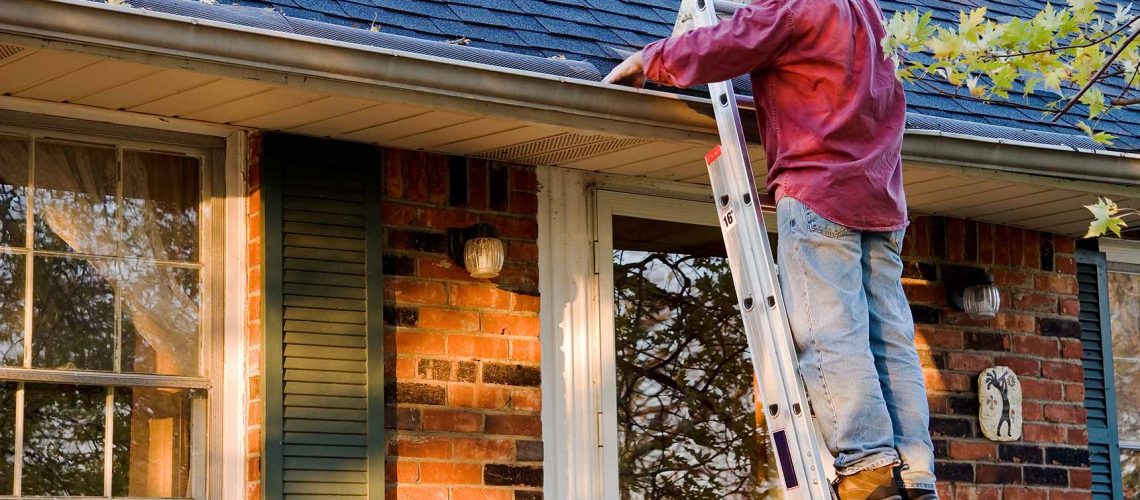Recently, we have come across a large amount of gutter and eave issues, from leaking behind the gutters to full-blown house damage. Maryland’s weather in recent years, including hurricane-related storms, has undoubtedly contributed to increasing wear-and-tear, often exacerbated by a lack of routine maintenance and poor workmanship. Unfortunately, those latter issues are generally NOT covered by insurance, leaving some homeowners to absorb the total cost and hassle of weather-caused gutter problems. In this environment, well-maintained gutters are vital and, I would suggest, one of the most important aspects of a sound roofing system in Maryland.
Our Gutter Tips
#1 – Clean Your Gutters
I will try to give you some pointers to prevent damage before the next storm takes its toll. One is straightforward: clean your gutters! I can’t stress this enough, but keeping the gutters clean and free from debris will dramatically reduce the risk of weather-related damage. Clogged gutters allow water to fill up and cascade onto the fascia, soffit, and roof decking, causing significant damage.
#2 – Check Gutter Attachment and Flow
Another problem for many homeowners is gutters not flowing toward the downspouts, which may result from sagging gutters or improper installation. Some people don’t know how to check for this, but it’s relatively simple. Next time you are outside, look at your gutters. The downspout side should be lower than the opposite end. This way, gravity carries the water to flow freely. If there is a downpout at both ends, the gutter should be at its highest point in the middle. Also, check for proper attachment. There are several different methods of attaching a gutter. The most common ways for a residential k-style gutter are spikes and hidden hangers. The spike is more common and easier to install; it is essentially a big nail going through the fascia. Unfortunately, this is the reason why many gutters loosen: the nails simply back out. A better method is using hidden hangers. With these, the hanger clips onto the inside of the gutter and drills in the fascia. Hidden hangers leave a threaded screw in the fascia, which holds very tight and will not back out.
#3 – Get a Professional Gutter Installation
Lastly, if you need a new gutter system, make sure that you get a seamless gutter. Do not hire a handyperson who will go to the local Home Depot and purchase sections to piece together. The more seams and openings, the more potential for failures. Let a professional install your gutters correctly the first time. We would be happy to help!
These simple steps can make the difference between significant damage and a sound roofing system.





